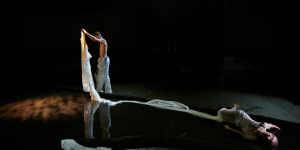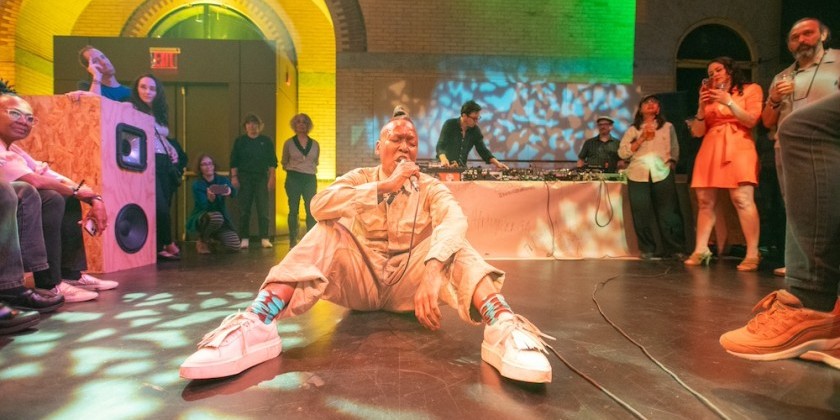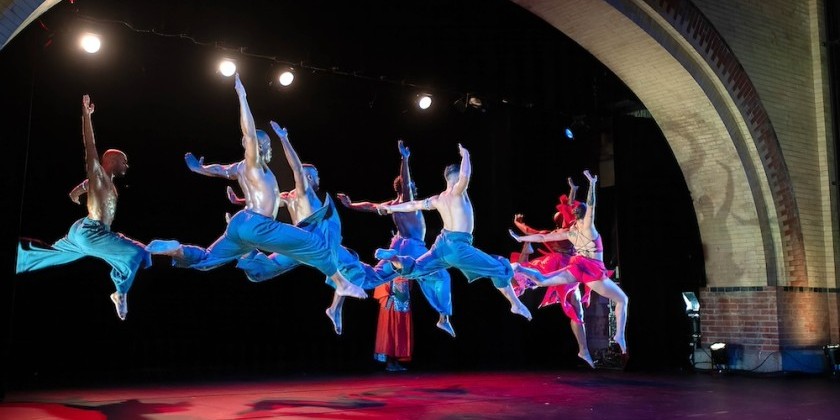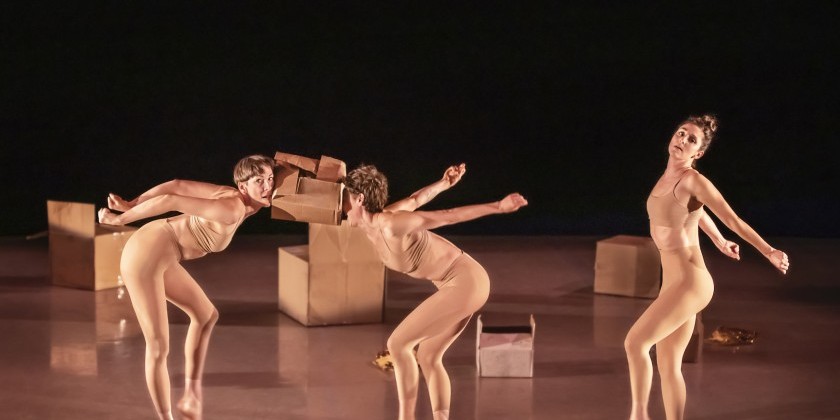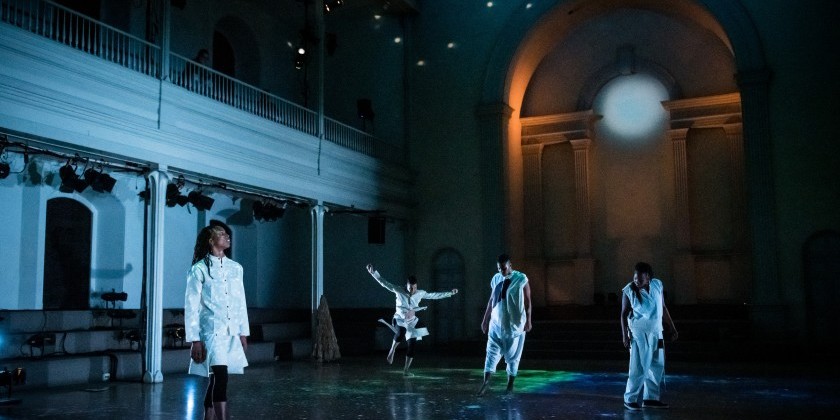IMPRESSIONS: Harlem Stage E-Moves Program B with Omari Mizrahi/Les Ballet Afrik, It’s Showtime NYC, and TweetBoogie
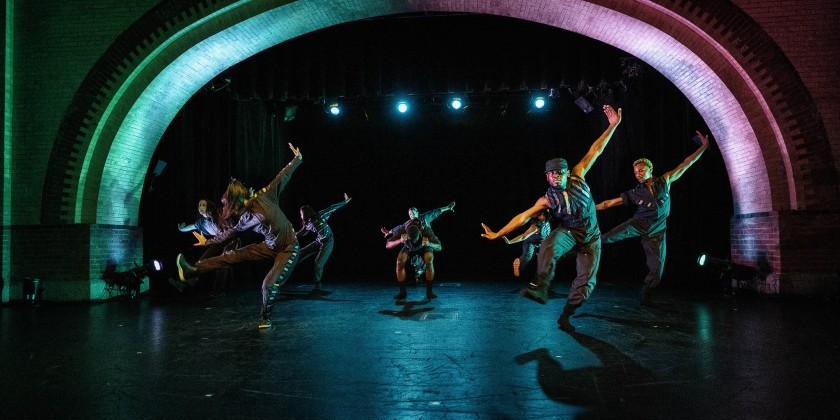
May 11, 2019
Program B: Omari Mizrahi/Les Ballet Afrik, It’s Showtime NYC, TweetBoogie
Lighting Designer: Amanda K. Ringger
E-Moves at Harlem Stage isn’t here to tell you what hip-hop can or should look like. Instead, it presents a wide array of choreographic approaches rooted in hip hop culture. Influences from street, commercial, and concert dance backgrounds address themes from racial and gender politics to troubled romance.
It’s Showtime NYC’s Festival of dreams was created by two international choreographers: Moya Michael from South Africa and Faustin Linyekula from the Congo worked in collaboration with the dancers. Both are primarily contemporary dance artists, and perhaps not the most obvious choice for a group rooted in NYC subway and street dance. Also in the blend is spoken word artist Nasiyr Abdullah, whose performance reckons with the historical and ongoing racial trauma of America. The successful cohesion of this mix is a statement in itself: white supremacy is a global force, but so is the black art that resists it.
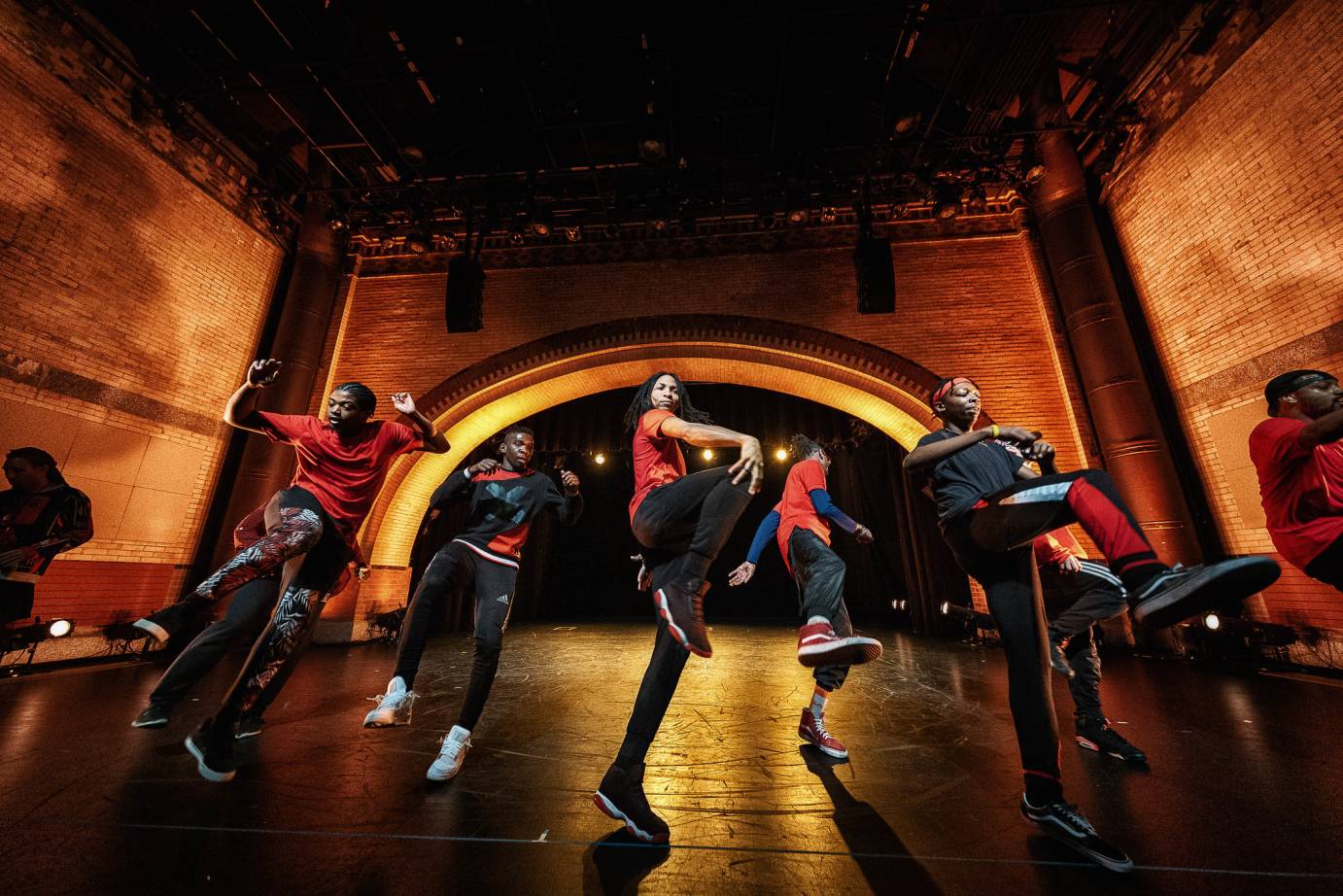
The group’s energetic dance circle, showcasing the styles of each member — from breaking to bone-breaking — could be taken as an upbeat start to the show. Yet, when preceded by Abdullah’s words, this dance is clearly not just about entertainment, but also survival. Mincing no words, he describes black Americans’ current state as “Post Traumatic Slave Shit.” To those who celebrate visuals of street dance while disregarding the lives of its creators, he declares: “they want to be us, but they don’t want to be us.”
As the group dance fades, Abdullah’s speech is interwoven with a haunting cover of “Strange Fruit,” interpreted by a dancer with a lyrical take on flexxing. Combining glides, isolations, arm contortions, and mime, he physicalizes the mournful soundtrack with equal parts pain and resilience.
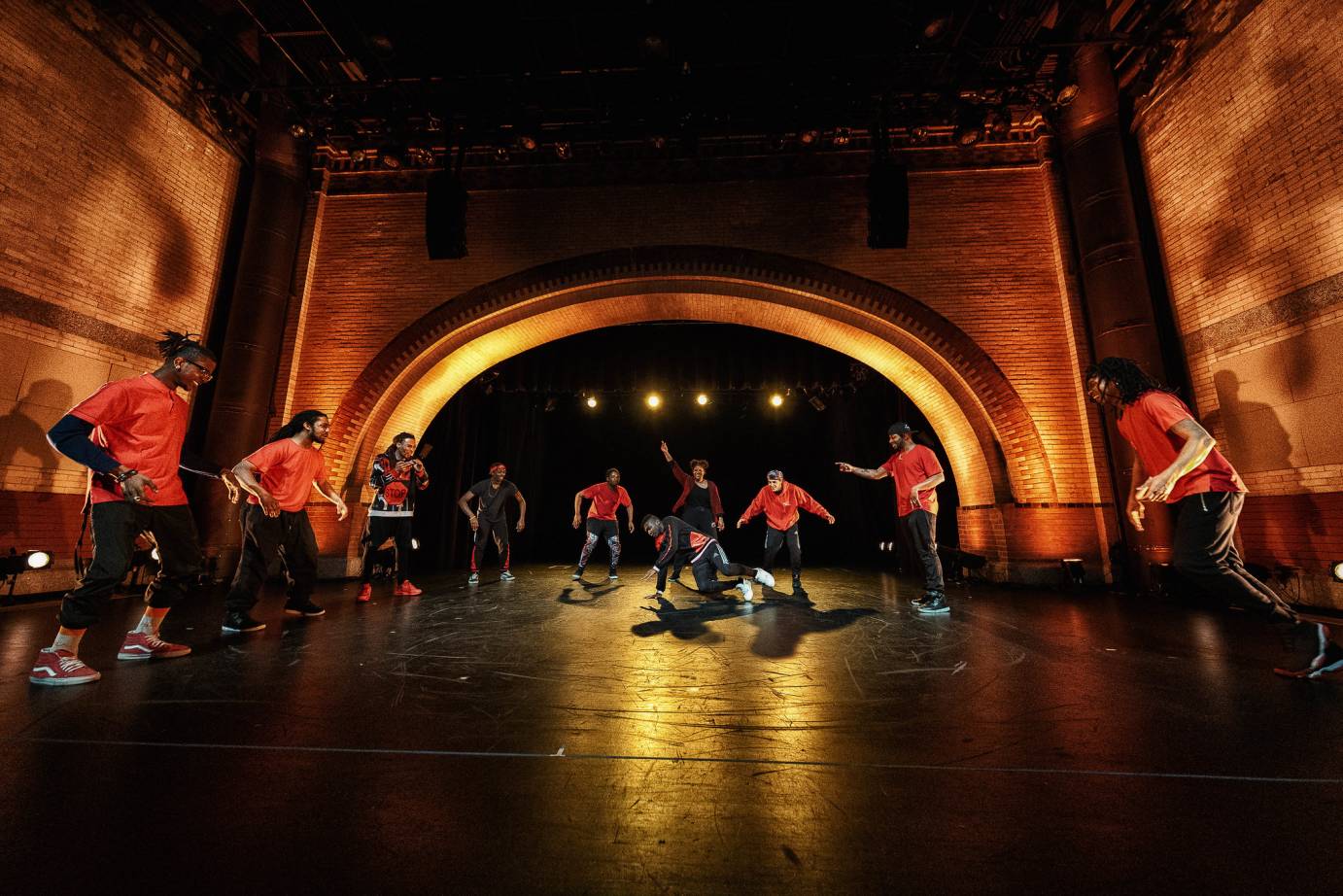
In contrast, TweetBoogie’s Trinity strikes us with its polished, commercial aesthetic. The lights go up on women in sharp suits, attacking perfectly timed chest pops. The group delivers powerful isolations, crisp unison, and seamless formation changes to upbeat pop songs.
Midway through, TweetBoogie herself arrives center-stage in a skin-tight black jumpsuit. Cracking the cohesion with her starpower, she moves in opposition to the group. Tension builds until the dancers physically try to pin TweetBoogie down.
The program notes state that the struggle for female empowerment informs her work — and perhaps it’s telling that she pits two female energies against each other. In this conflict between the militant group and the diva, I wasn’t sure who I should root for or who was victorious — but the strength of women in hip-hop shined through.
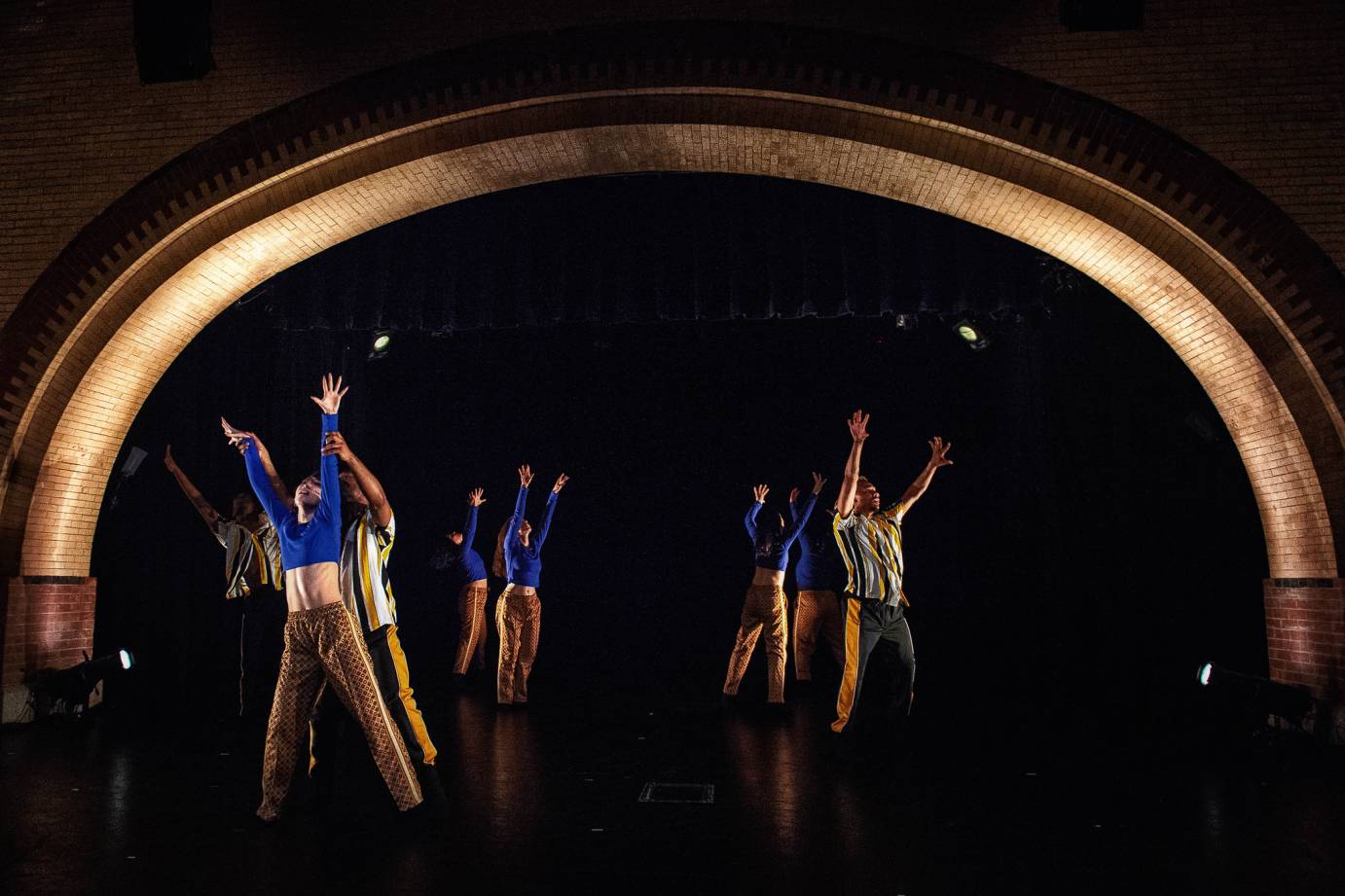
In Sila Djiguba: The Crossroad, Omari Mizrahi’s Les Ballet Afrik shows a beautifully complex intersection of movement genres and personalities. He blends footwork from House and West African forms with the stylized gestures of Vogue to create movement that is both rhythmically intricate and dripping with personality. Mizrahi and his ensemble have multifaceted dance backgrounds, and elements of ballet and modern dance seep through with clean lines and fluid floorwork.
Drawing from social dance’s history as a form of community and communication, Mizrahi explores how the same movements can express the struggles of modern relationships, within a world starved for and afraid of connection.
Individuals cross and change paths, finding fleeting moments of connection or conflict, forming dissolving groups. A few central duets emerge out of the bustle, each wrought with tension and contradiction.
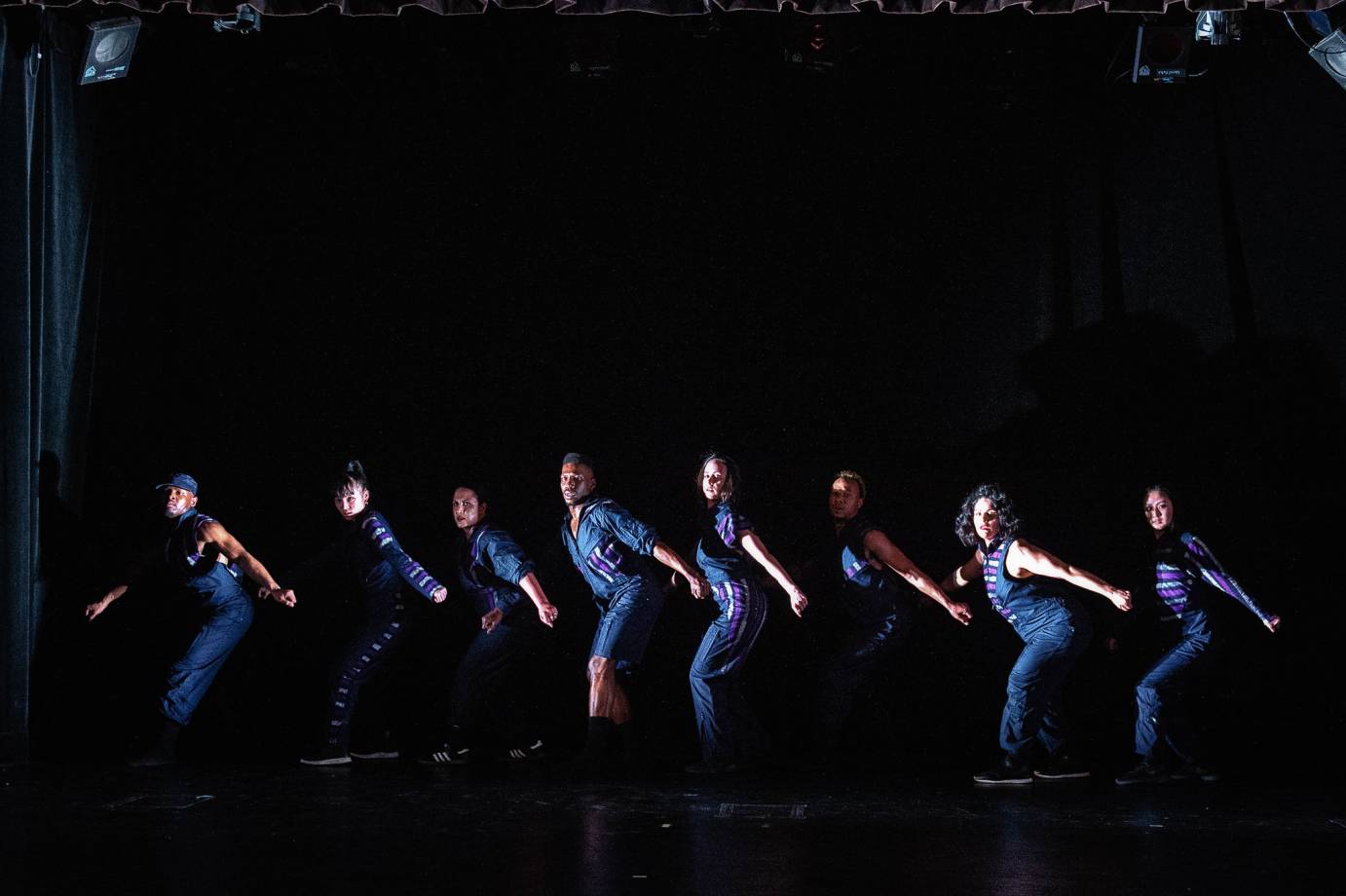
One couple is stuck in a loop of attraction and repulsion. Despite one partner yearning for the other, pulling her in from a distance through mime, their meeting only creates turbulence and, once, in aggression. Another pair plays an equally paradoxical game of hard to get. A dancer desperately tries to grab another’s attention with a dramatic voguing sequence. Only when she gives up, does her formerly unmoved counterpart take an interest.
Taken as a whole, the program points to the expansive influence of hip-hop culture in dance today. Though their approaches and aesthetics vary, the artists reflect our current moment through their dynamic and evolving dance languages.





